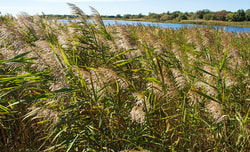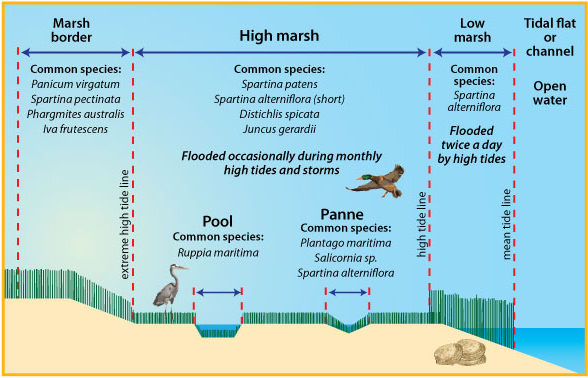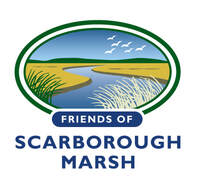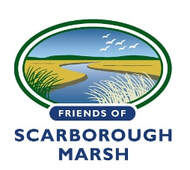
 In 2019 FOSM worked with partners to develop a strategy and secure funding for implementing the report recommendations. Learn more about fighting Phragmites, and what the results of months of testing have provided us by clicking the file below! Thank you to Normandeau Associates, Inc for helping FOSM with the testing, and pulling of this report. Learn More...
Scarborough Marsh: Focus Areas of Statewide Ecological Significance (Beginning With Habitat) Tidal marshes form in low-lying coastal areas that are sheltered from strong winds, waves, and currents. Nourished by tidal flows and with rapidly growing grasses, salt marshes form the basis of a highly productive food web. They are complex natural systems which support different plants and animals in a variety of habitats. In addition to nourishing many species of birds, finfish, shellfish, and invertebrates, marshes buffer upland shorelines against erosive actions of open water, protect low-lying uplands and shorelines during storms, and maintain water quality.
Protecting Maine's Wetlands: Linking Maine's Past with Its Future (2007, Lois Winter, Stewart Fefer, USWFS, National Wetlands Newsletter)
Gulf of Maine Habitat Restoration Strategy (Gulf of Maine Council) Maine Property Owner's Guide to Managing Flooding, Erosion & Other Coastal Hazards
(Maine Sea Grant Program) The Scarborough Marsh: Historical Impacts, Current Conditions, and Restoration Potential (Maine Audubon. 1999) This is the report that started it all! Shortly after the publication of Maine Audubon's report in 1999, a small group of concerned citizens and representatives from partner groups took the first steps to form the Friends of Scarborough Marsh.
|
REPORTS, UPDATES, STUdies, & MAPS
A library of reports and resources. BROWSE BY Categories
All
BROWSE BY DATE
January 2022
|



 RSS Feed
RSS Feed
